RobotLAB Blog
Everything You Need To Know About Robotics in Businesses
Guiding Students to Be Independent Problem-Solvers in STEM Classrooms

Photo by Jeswin Thomas on Unsplash
Teaching high school students how to plan to solve a problem in science, technology, engineering, and math is a crucial step.
- 0 Comments
- Oct 26, 2021 10:00:00 AM
- Posted by Maria Alejandra Calcetero
- Topics: Robotics, EdTech, STEM, Education, code, 21st Century Classroom, Special Education, data literacy, Coding, Robots,, students, programming, Technology, VR, Realidad Virtual, STEMchat, Edchat, k12, Virtual Reality, virtual learning, classroom, Literacy, STEM literacy
3 Reasons Virtual STEM is Here To Stay
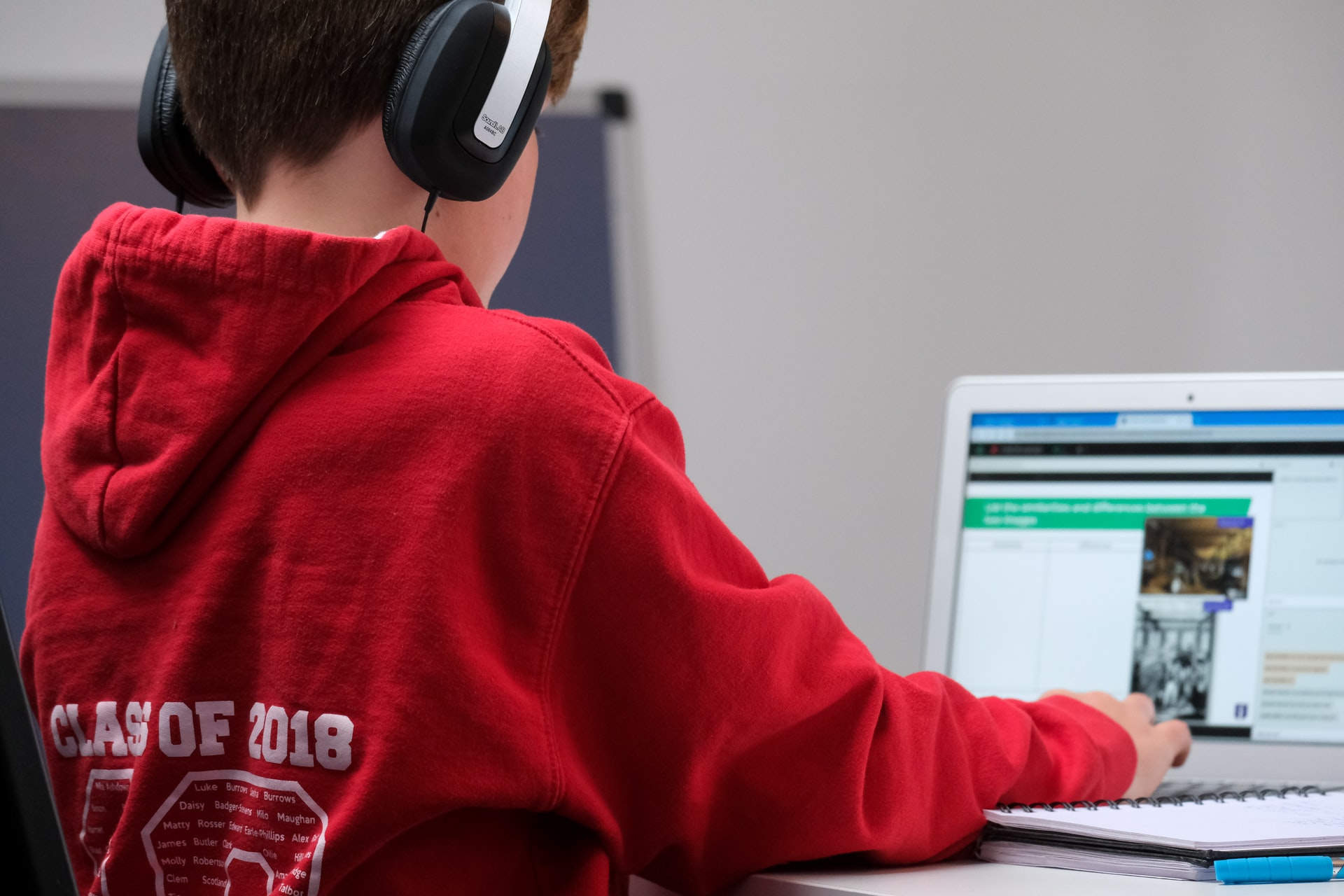 Image source: https://unsplash.com/
Image source: https://unsplash.com/
Virtual STEM offers engaging learning opportunities for students—opportunities that have proved essential during COVID.
- 0 Comments
- Oct 25, 2021 10:00:00 AM
- Posted by Maria Alejandra Calcetero
- Topics: Robotics, EdTech, STEM, Education, code, 21st Century Classroom, Special Education, data literacy, Coding, Robots,, students, programming, Technology, VR, Realidad Virtual, STEMchat, Edchat, k12, Virtual Reality, virtual learning, classroom, Literacy, STEM literacy
5 Reasons Why Coding is Important for Young Minds
By Patria
As a Kindergarten STEM teacher, mom and grandparent, I am consistently empowering myself to keep up with the newest ways to engage my family and students with 21st Century concepts. Recent research puts coding at the forefront of future careers. So, how do we learn and teach our children how to code, and why is this so important? More importantly, how young do we begin teaching our children?
- 0 Comments
- Oct 22, 2021 10:00:00 AM
- Posted by Maria Alejandra Calcetero
- Topics: Robotics, EdTech, STEM, Education, code, 21st Century Classroom, Special Education, data literacy, Coding, Robots,, students, programming, Technology, VR, Realidad Virtual, STEMchat, Edchat, k12, Virtual Reality, virtual learning, classroom, Literacy, STEM literacy
Why Robots are the Bridge for Remote Learning Gap
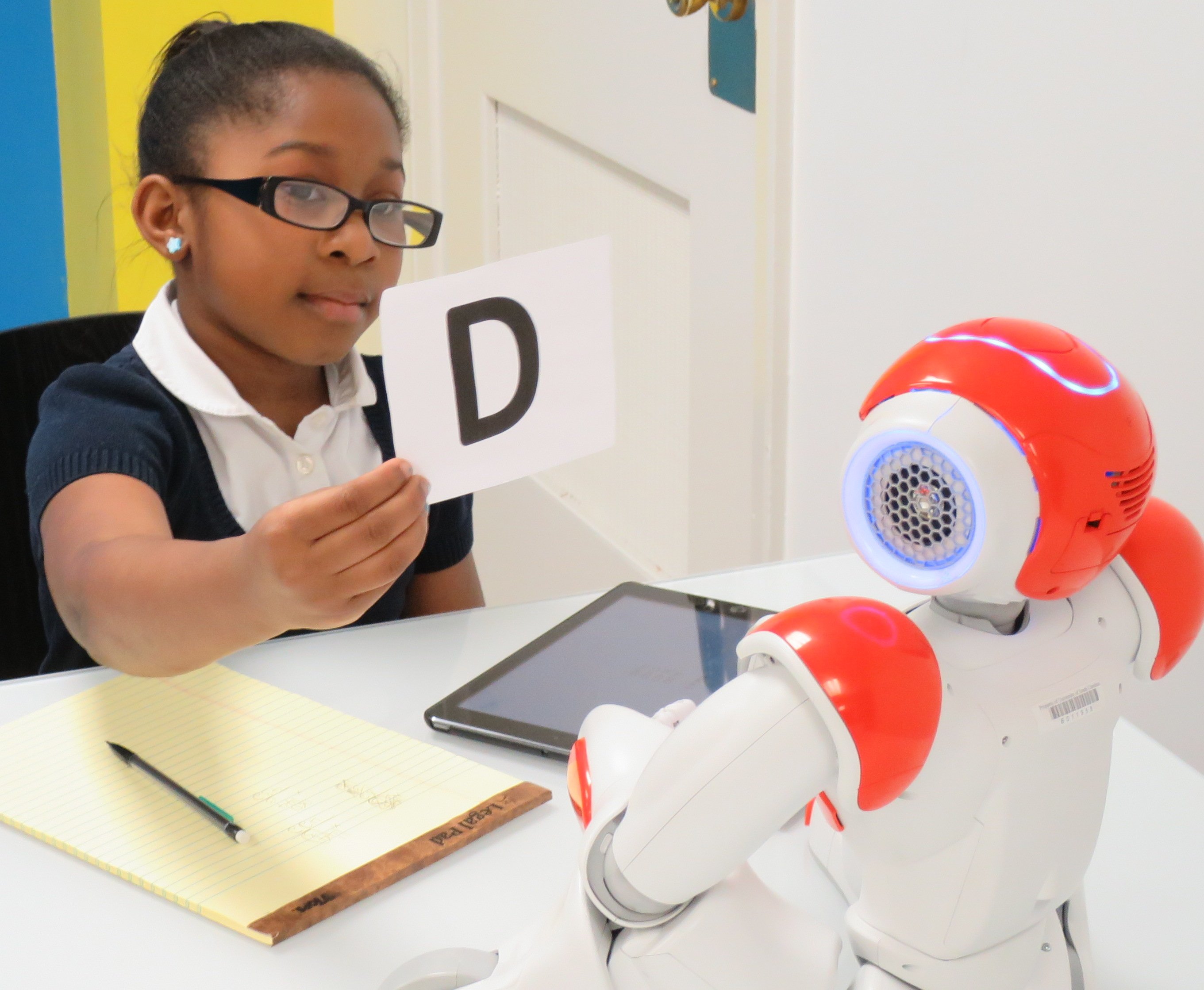
Artificial intelligence and machine learning play an important role in promoting remote learning in this era where many institutions are going digital. The growing implementation of technology in education is creating a remote learning gap amid the COVID-19 pandemic.
Robots can be used to allow geographically dispersed people to participate in important meetings and events. They are helping students to remain connected to their teachers or fellow students to ensure learning continuity. This blog reveals why robots are the bridge to the remote learning gap.
- 0 Comments
- Oct 19, 2021 10:00:00 AM
- Posted by Maria Alejandra Calcetero
- Topics: Robotics, EdTech, STEM, Education, 21st Century Classroom, Special Education, data literacy, Robots,, students, Technology, VR, Realidad Virtual, STEMchat, Edchat, k12, Virtual Reality, virtual learning, classroom, Literacy, STEM literacy
How 3D Tech can Help Overcome Learning Hurdles
By David Chen
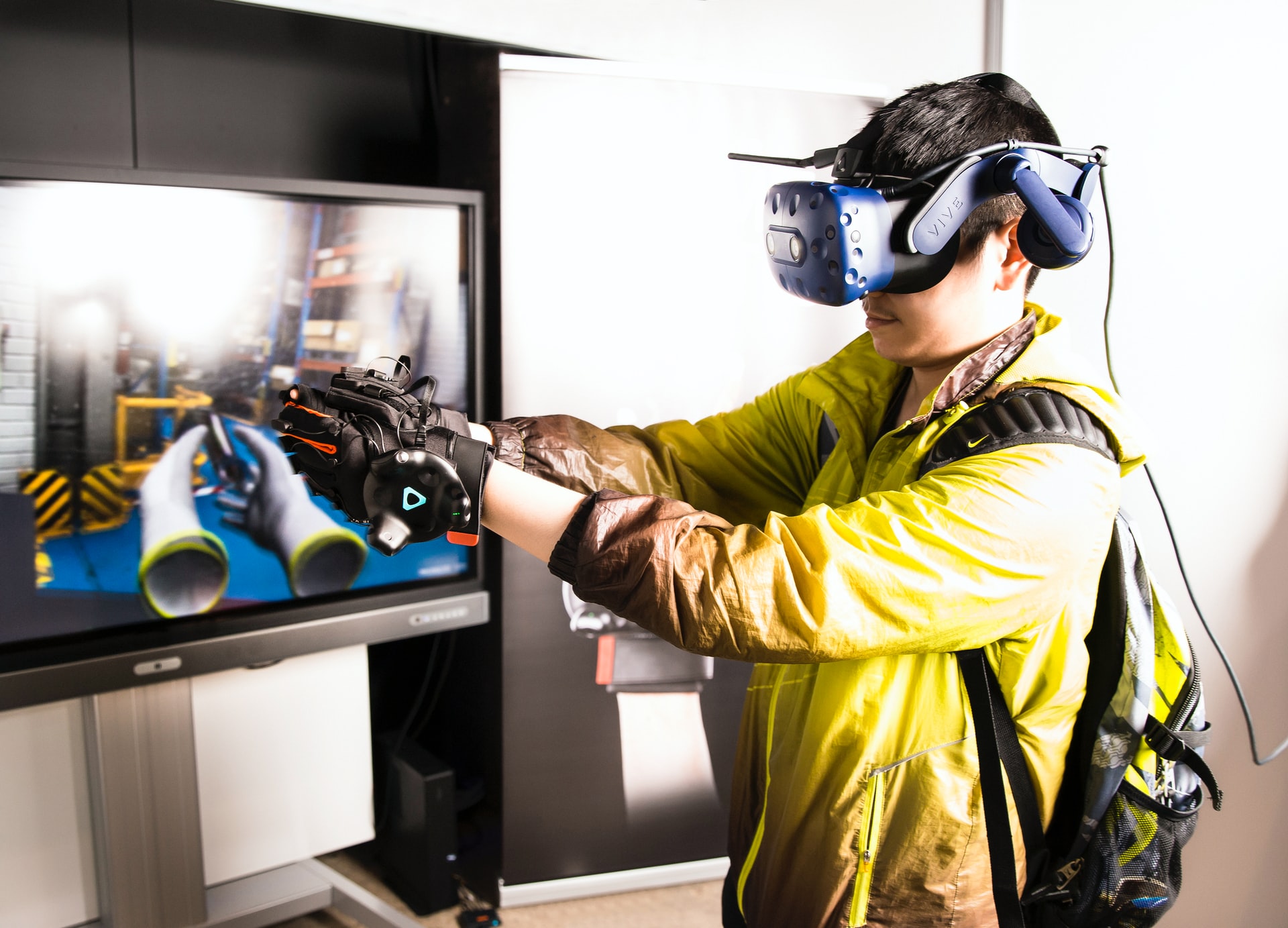 Image source: https://unsplash.com/
Image source: https://unsplash.com/
3D tech opens up an entirely new world of educational possibilities—even when students learn from home.
- 0 Comments
- Oct 18, 2021 10:00:00 AM
- Posted by Maria Alejandra Calcetero
- Topics: Robotics, EdTech, STEM, Education, 21st Century Classroom, Special Education, data literacy, Robots,, students, Technology, VR, Realidad Virtual, STEMchat, Edchat, k12, Virtual Reality, virtual learning, classroom, Literacy, STEM literacy
4 Ways To Support The Growing Role Robotics Will Have in Society
By Dmitry Krasovskiy, Ph.D., Head of Education and Learning Services, EPAM Systems, Inc.
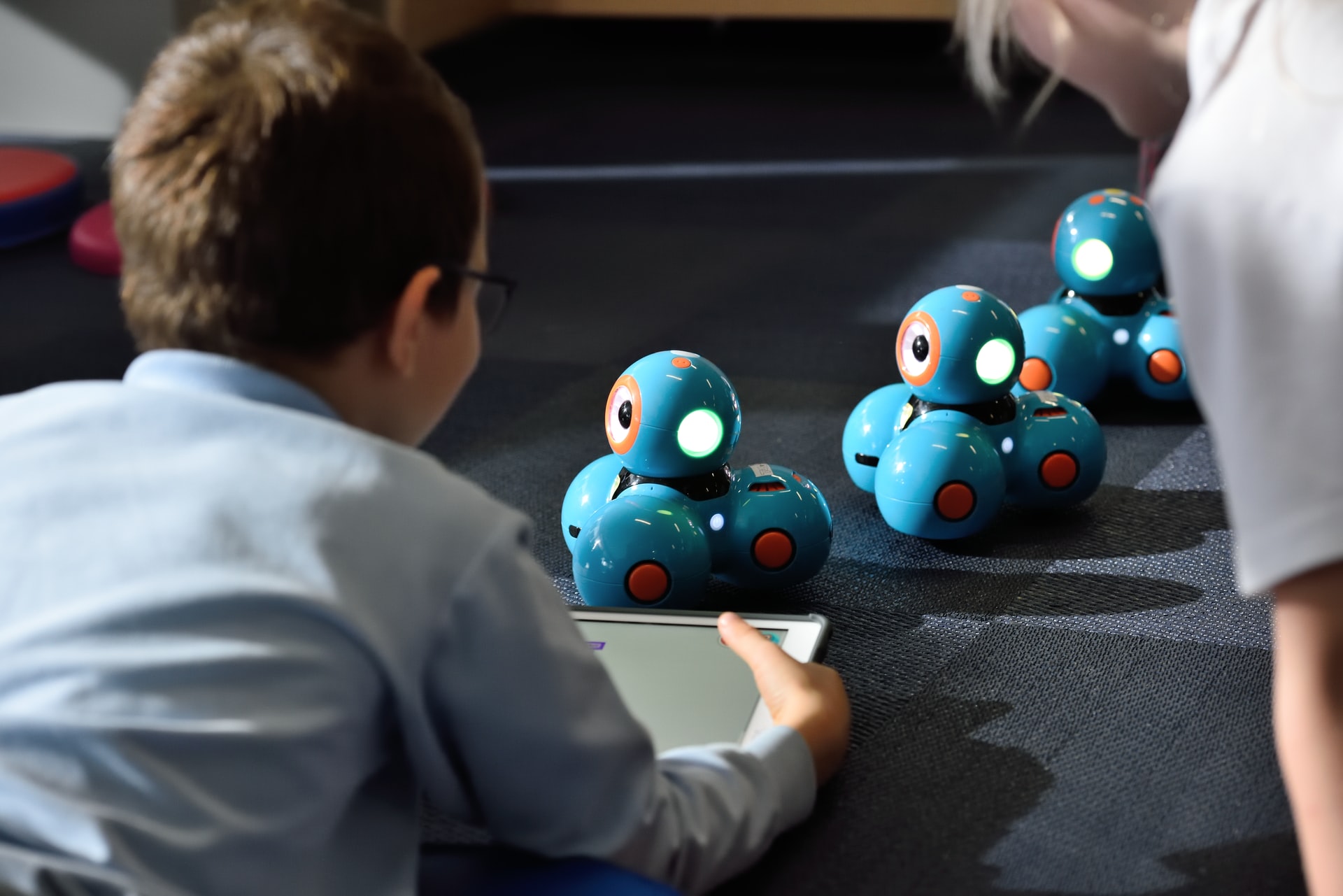 Image source: https://unsplash.com/
Image source: https://unsplash.com/
Here’s how edtech providers can buoy educators’ efforts to teach tomorrow’s inventors to embrace the future through robotics.
- 0 Comments
- Oct 13, 2021 10:00:00 AM
- Posted by Maria Alejandra Calcetero
- Topics: Robotics, EdTech, STEM, Education, 21st Century Classroom, Special Education, data literacy, Robots,, students, Technology, VR, Realidad Virtual, STEMchat, Edchat, k12, Virtual Reality, virtual learning, classroom, Literacy, STEM literacy
4 Tips to Make Virtual Learning Fun for Students
By Chad Rei
 Image Source: https://unsplash.com/
Image Source: https://unsplash.com/
Virtual learning doesn’t have to be a headache—students can become engaged and absorb new information with a few key strategies.
- 0 Comments
- Oct 12, 2021 10:00:00 AM
- Posted by Maria Alejandra Calcetero
- Topics: Robotics, EdTech, STEM, Education, 21st Century Classroom, Special Education, data literacy, Robots,, students, Technology, VR, Realidad Virtual, STEMchat, Edchat, k12, Virtual Reality, virtual learning, classroom, Literacy, STEM literacy
How To Use Virtual Reality To Motivate College Students
By Nancy Howard
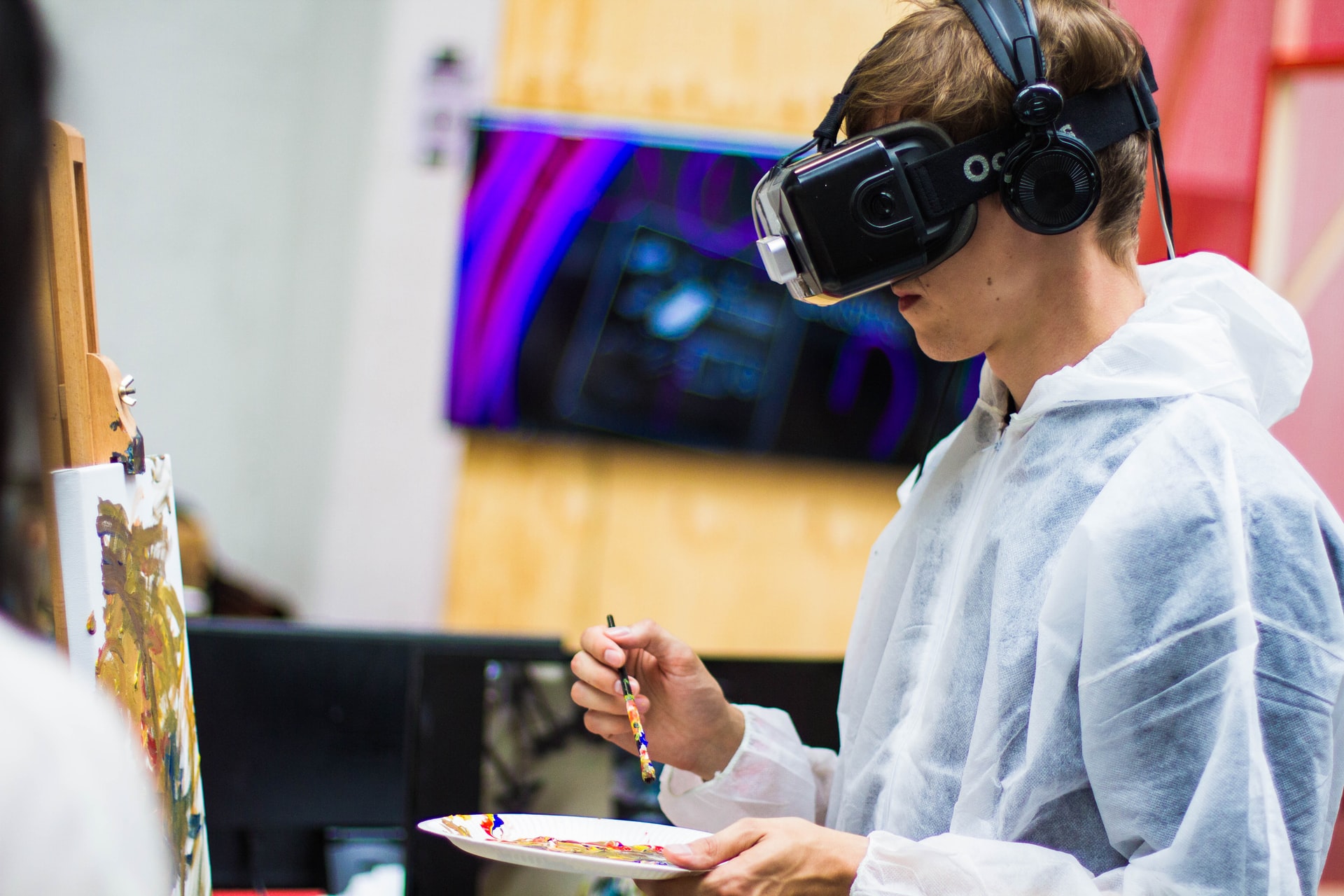 Image source: https://unsplash.com/
Image source: https://unsplash.com/
VR and AR technologies have been around for a while now and are being used in many different industries. One of the spheres to adopt Virtual Reality is education – and for the right reasons. Both in theory and in practice, VR has proven its worth in improving learning experiences in a number of ways.
Particularly, VR can be used to motivate college students and encourage them to become more engaged and successful learners. Yet, not every educator is well-acquainted with this type of tech, so here’s how to use virtual reality in the classroom to increase motivation.
- 0 Comments
- Oct 8, 2021 10:00:00 AM
- Posted by Maria Alejandra Calcetero
- Topics: Robotics, EdTech, STEM, Education, 21st Century Classroom, Special Education, data literacy, Robots,, students, Technology, VR, Realidad Virtual, STEMchat, Edchat, k12, Virtual Reality, virtual learning, classroom, Literacy, STEM literacy
VR Expeditions 2.0 Helps Schools Recoup Investments in Lenovo Mirage Solo after Google Abandoned Daydream Platform
RobotLAB steps in after Google abandons popular virtual field trip application

RobotLAB Inc. (RobotLAB) the leading educational robotics company, is coming to the rescue of educators and students left stranded when Google abandoned the Daydream platform and discontinued the Expeditions app that allowed educators to take students on virtual field trips using Lenovo Mirage Solo virtual reality (VR) headsets.
- 0 Comments
- Oct 7, 2021 10:34:10 AM
- Posted by Maria Alejandra Calcetero
- Topics: Robotics, EdTech, STEM, Education, 21st Century Classroom, Special Education, data literacy, Robots,, students, Technology, VR, Realidad Virtual, STEMchat, Edchat, k12, Virtual Reality, virtual learning, classroom, Literacy, STEM literacy
Tech-Centric, But Not Remote: Teaching in the Classroom This Year
 Image Source: https://unsplash.com/
Image Source: https://unsplash.com/
Some of the tools and skills that teachers used and developed last year are invaluable in the in-person classroom.
- 0 Comments
- Oct 7, 2021 10:00:00 AM
- Posted by Maria Alejandra Calcetero
- Topics: Robotics, EdTech, STEM, Education, 21st Century Classroom, Special Education, data literacy, Robots,, students, Technology, VR, Realidad Virtual, STEMchat, Edchat, k12, Virtual Reality, virtual learning, classroom, Literacy, STEM literacy
Relevant Posts
- Augmented Reality: A Tool for Teaching Students Robot Programming
- Fostering Innovation Through Youth Education in STEM and EdTech
- How Parents Can Foster STEM Learning Beyond the Classroom
- How Robotics Cultivates a Deep Understanding of Mathematics in Students
- RobotLAB Receives EDTech Chronicle 2023 ‘BESTIE’ Award for Landmark Partnership with American Samoa Dept. of Education.
Subscribe to Email Updates
-
I Want To Learn MoreADDITIONAL INFORMATION

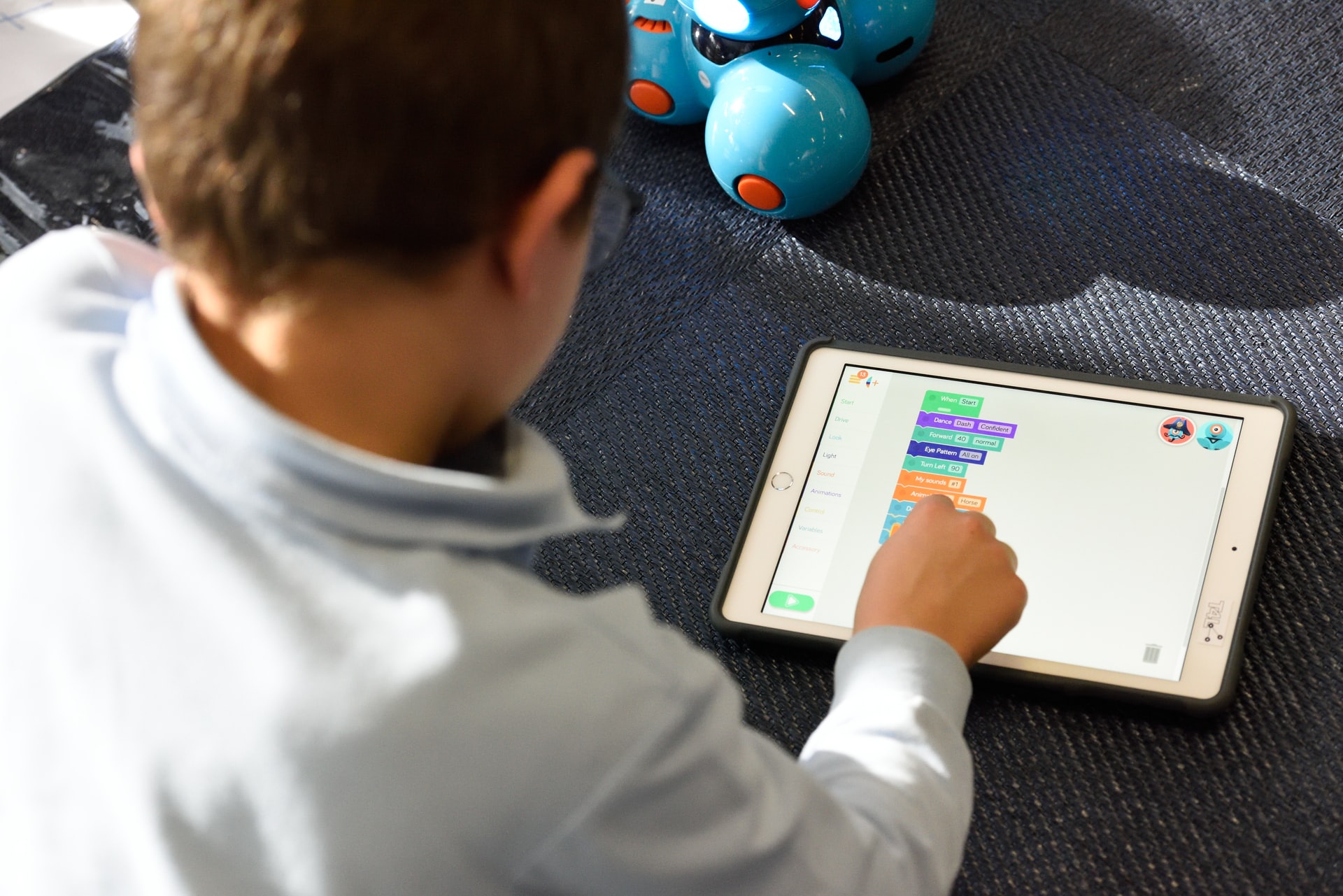 Photo by
Photo by